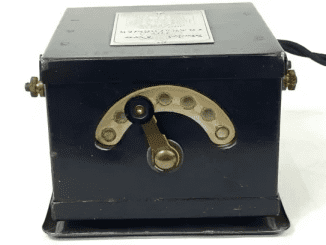Hair washing is a staple of personal hygiene, but the right frequency can be a confusing topic. While some people swear by daily shampooing, others avoid it for days to maintain hair’s natural oils. But what happens when you wash your hair twice a day? Is it bad, and what’s the ideal amount to wash your hair? Let’s break down the pros and cons of frequent shampooing and how you can tailor a routine that keeps your hair healthy.
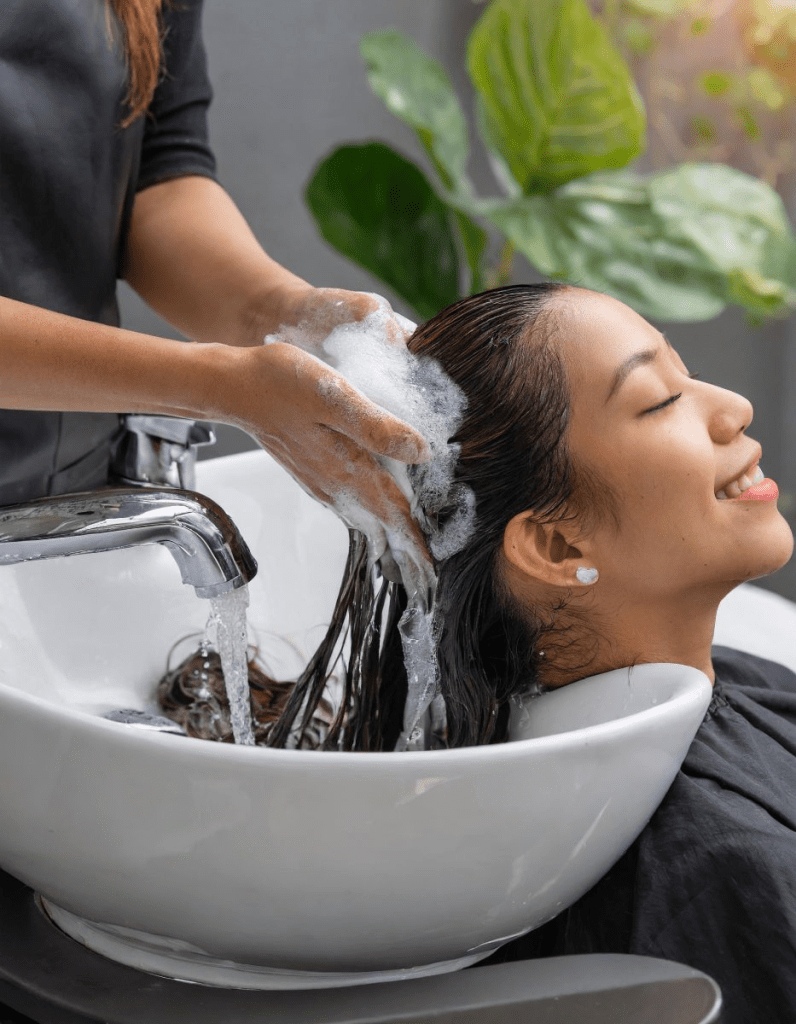
The Consequences of Washing Your Hair Twice a Day
1. Stripping Away Natural Oils
Your scalp naturally produces sebum, which helps keep your hair moisturized and protected. Washing your hair twice a day can strip these essential oils, leaving your scalp dry and your hair feeling rough. This dryness can lead to irritation, itching, and flakiness.
2. Increased Dryness and Breakage
Frequent washing can make your hair dry and brittle. When natural oils are removed too often, the hair strands lose their flexibility, making them more prone to breakage, split ends, and frizz. If you’re looking for shiny, smooth locks, over-washing is definitely not the way to go.
3. Disruption of Scalp pH Balance
Your scalp has a delicate pH balance that keeps it healthy. Washing too often can disturb this balance, leading to scalp issues like dandruff, redness, and even scalp acne. Hair thrives best when the pH levels remain stable, allowing it to grow strong and healthy.
4. Excess Oil Production
Oddly enough, washing your hair too frequently can actually make it oilier. When the scalp detects that its natural oils have been stripped away, it may start producing even more oil to compensate. This can create a cycle where you feel the need to wash more often, which only worsens the issue.
How Often Should You Wash Your Hair?
1. Oily Hair and Scalp
If you have an oily scalp, it can be tempting to wash your hair multiple times a day. But it’s usually better to limit washing to once a day or every other day. Over time, your scalp may adjust and produce less oil. You can also try switching to a mild, sulfate-free shampoo that helps control oil without over-drying your hair.
2. Dry, Curly, or Coarse Hair
Dry, curly, or coarse hair types require more moisture. For these hair types, washing 2-3 times a week is often sufficient. Over-washing can strip the oils needed to maintain curl definition and hydration. Consider using moisturizing shampoos and conditioners to keep hair nourished.
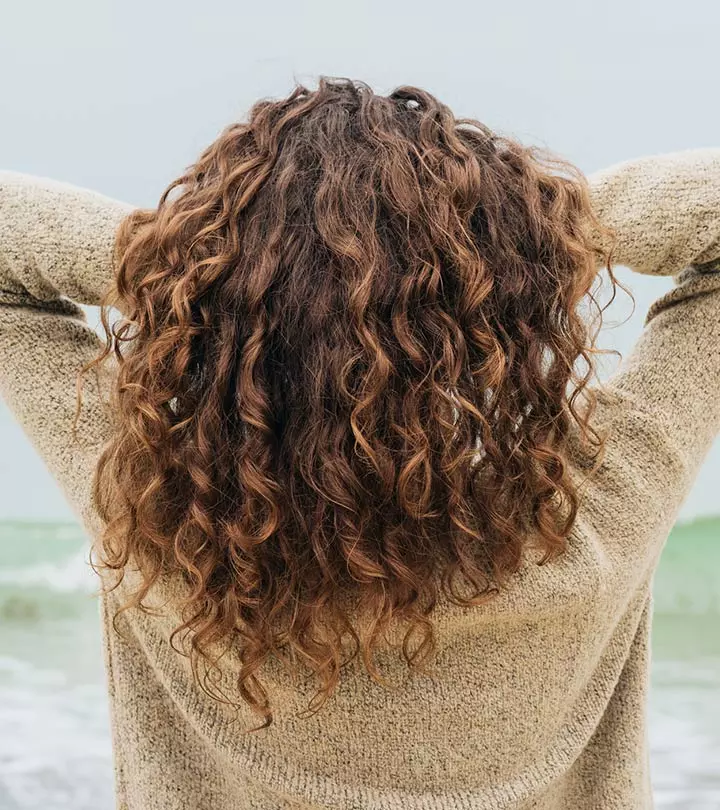
3. Normal Hair Types
If your hair doesn’t get too oily or dry, you might find that washing every other day or 2-3 times a week works well. This schedule helps maintain natural oils while keeping the scalp clean. Adjust based on lifestyle factors like workouts, sweat, and overall exposure to dirt.
4. Athletes and Active Individuals
If you’re someone who sweats heavily due to physical activity, you may need to wash your hair more frequently to avoid scalp issues caused by sweat build-up. On some days, a simple water rinse can help remove sweat and grime without over-shampooing. Alternatively, using a co-wash or a gentle, sulfate-free shampoo can keep your hair fresh while maintaining moisture.
Alternatives to Daily Shampooing
1. Use Dry Shampoo
Dry shampoo can be a great way to absorb excess oil and refresh your hair between washes. It adds volume and can extend the life of your style. It’s ideal for those days when you need a quick fix without a full wash.

2. Rinse with Water
Rinsing your hair with just water can remove dirt, sweat, and some oil without stripping natural moisture. This can be especially effective on days when you’ve had minimal physical activity and don’t need a full wash.
3. Try Co-Washing
Co-washing, or washing hair with conditioner only, can help keep curly or dry hair moisturized without using shampoo. This method cleanses the hair while maintaining its natural oils, making it a great option for those who struggle with dryness.
4. Opt for Gentle Shampoos
If you’re washing frequently, choose a gentle, sulfate-free shampoo that won’t strip your hair of essential oils. These shampoos help maintain the hair’s natural moisture, minimizing the risk of dryness and breakage.
Understanding Your Hair’s Needs
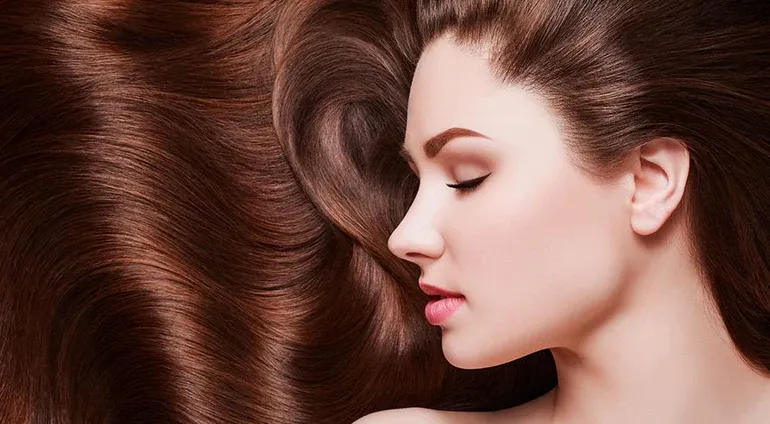
1. Listen to Your Hair
The most important aspect of finding the right washing routine is paying attention to how your hair and scalp respond. If your hair feels dry, brittle, or overproduces oil, it may be a sign that you’re washing too often. If it feels greasy or heavy, you might not be washing enough.
2. Hair Porosity Matters
The porosity of your hair—how well it absorbs and retains moisture—can affect your washing routine. High-porosity hair absorbs moisture quickly but loses it just as fast, making it prone to dryness. Low-porosity hair repels moisture, so it may require less frequent washing and more conditioning.
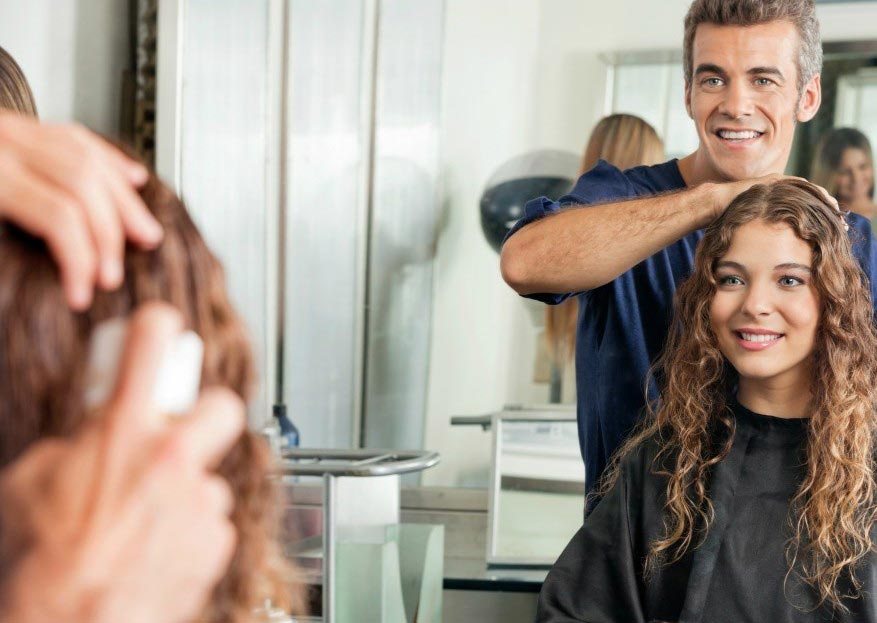
Conclusion: Finding the Right Balance
Washing your hair twice a day with shampoo isn’t recommended for most people. While it may seem like a good idea to maintain cleanliness, over-washing can actually do more harm than good. The ideal frequency for washing depends on your hair type, lifestyle, and personal preference. Aim to find a routine that keeps your hair clean while maintaining its natural oils and moisture. Experiment and adjust as needed, and consider consulting a hair care professional if you’re struggling to find the right balance. Remember, hair care is a journey, not a one-size-fits-all formula.
